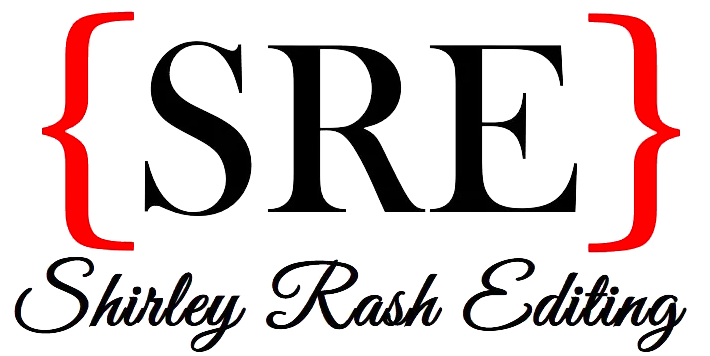If you’ve spent much time on the internet reading about writing a book, chances are you’ve come across references to beta readers. But what is one and do you need one?
A beta reader is, in many ways, a literary guinea pig—and a very useful one, at that.
What does a beta reader do?
Beta readers are not editors in that they’re not looking at your manuscript with a trained editorial eye nor are they critique partners who consider your manuscript from the perspective of a fellow writer.
A beta reader instead approaches your manuscript from the perspective of a reader, and that’s precisely what makes their feedback so helpful. Readers are, overwhelmingly, who will be reading your book once it’s published, and having the perspective of several insightful readers who are willing to share their initial impressions with you after you’ve finished a first draft is invaluable.
They’re not going to necessarily tell you that the manuscript needs more foreshadowing or how to add that to your writing, but they can tell you that the ending doesn’t work for them because it seems to come out of nowhere. They can also tell you that they do or don’t connect with your protagonist, whether certain scenes land as intended (is your heartfelt proposal unintentionally hilarious?), and if one of your plot twists is actually a plot hole.
A beta reader may or may not have ideas for how to fix those problems, but identifying what is and isn’t working is always helpful for any manuscript. Ideally, you’ll have more than one beta reader, and all your beta readers will be members of your target audience.
What’s the best way to maximize feedback from beta readers?
Having more than one beta reader is preferable because, like all readers, beta readers bring their own experiences and preferences to the manuscript. It’s their prerogative to say that they like a particular plot twist and don’t like a particular character, but it doesn’t mean there’s anything inherently right or wrong with those elements of your manuscript. However, when multiple beta readers are having the same reaction to a plot twist or a character, that’s a good sign that whatever it is transcends individual readers’ preferences.
This is also why it’s so important to have beta readers who are from your target audience. Readers who are fans of your particular genre (whether it’s true crime, historical fiction, mysteries, or science fiction) are going to be familiar with the expected tropes—they’ll know if your use of them is derivative or engaging. It’s also just more productive for both you and the reader if your beta reader is a fan of the genre because they’re more likely to be inclined to follow through with their commitment to beta read since it is often (but not always) unpaid work.
Do you beta read for clients?
I have done beta reading in the past and really enjoy it. At one point, I also offered it as one of my editing services, though it’s something I’ve stepped away from offering to clients lately because I feel like providing initial impressions of manuscripts without concrete suggestions for feedback is not the best use of my editing expertise for my clients.
Still, because of my experience as a beta reader, it’s something I do recommend to clients, especially those writing for younger audiences or for specific genres. As an editor with a background in working with curriculum, I can tell you pretty readily if the reading level of your children’s book is too advanced for the intended reader and offer you suggestions for how to correct that. But as helpful as my feedback can be, it’s still not the same as having a few children of the intended audience’s age read the book and gauging their reactions. Do they like the book? Do they find it engaging? Do they struggle with reading it? I can provide you with an educated opinion on whether they will, but at the end of the day, I’m not your intended reader. They are.
Is beta reading always helpful?
As with all good things, there can be a downside to beta reading. Beta readers who are bad fits for projects can demoralize writers without providing any feedback of sustenance. A beta reader who hates romances and dislikes the happily-ever-after ending of your romance is not a good beta reader for a romance novel. Likewise, the person who is squeamish about violence in literature probably isn’t a good fit for your crime novel. That’s not to say they can’t be a good beta reader for another manuscript, but revising your own manuscript into something they prefer may pacify them, but it’s not necessarily a good move for your book. Also, sometimes even the amount of feedback from good beta readers can be overwhelming, especially if you don’t see any significant patterns emerge from their responses or if you agree with their comments but are unsure how to implement the necessary changes.
When is the best time to use beta readers?
If you can’t find helpful beta readers or you’re finding yourself at a loss for what to do after you’ve received feedback from beta readers, it’s probably a good time to consult with a professional editor. I recommend completing beta reading before copyediting starts since feedback from beta readers may lead to extensive rewrites concerning plot and character.
Beta reading is not editing, but I wanted to cover it as part of my series on various types of editing services precisely because it is so valuable but can also be misunderstood.
In my next post in this series, I’ll be looking at two editorial services that can cover a lot of the same ground as beta reading but in a far more in-depth way—manuscript critiques and developmental editing.
Read the whole “What Is Editing” series:





